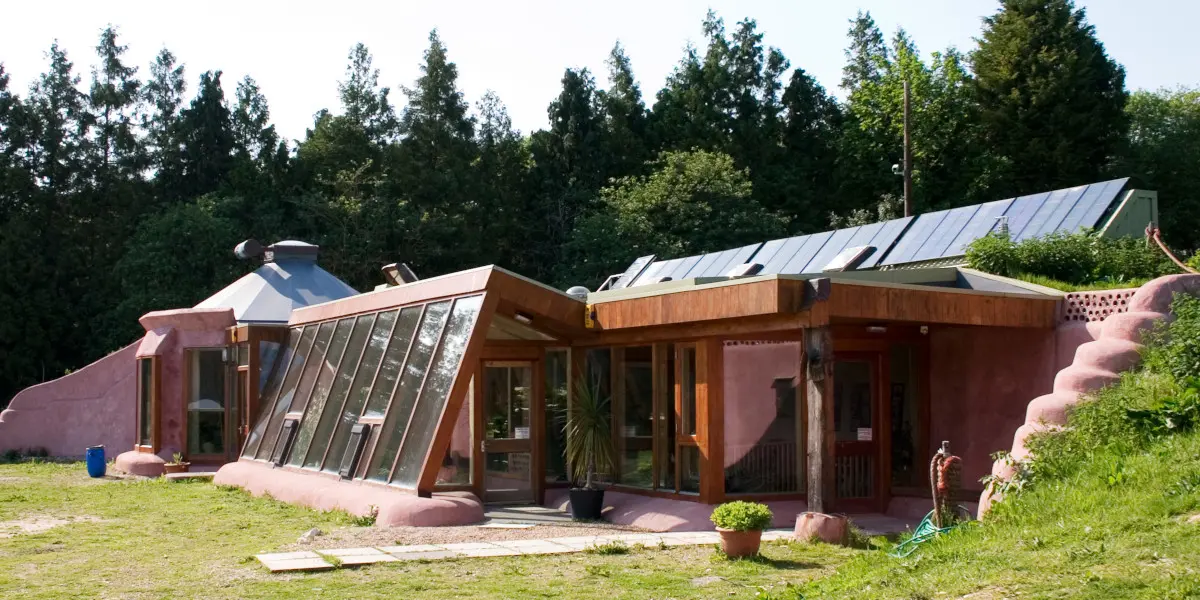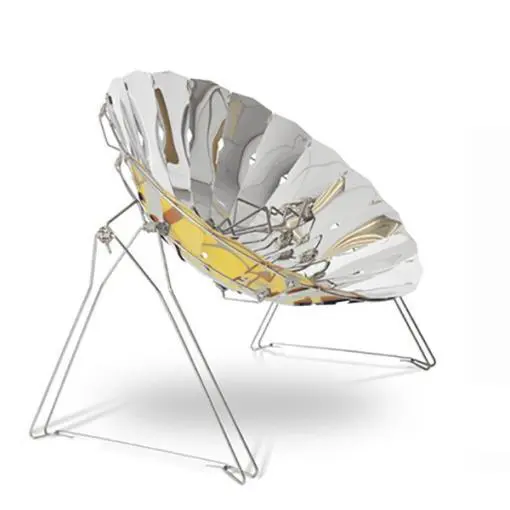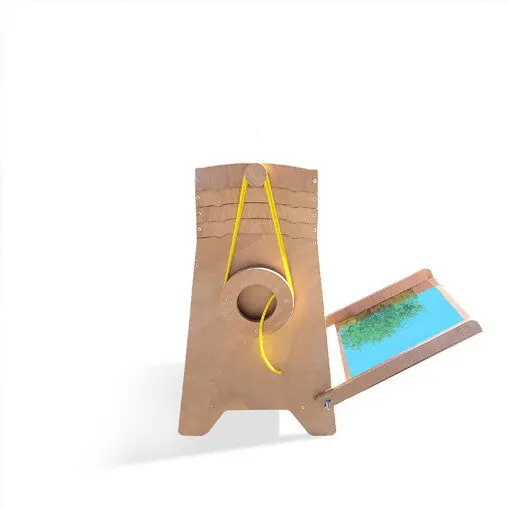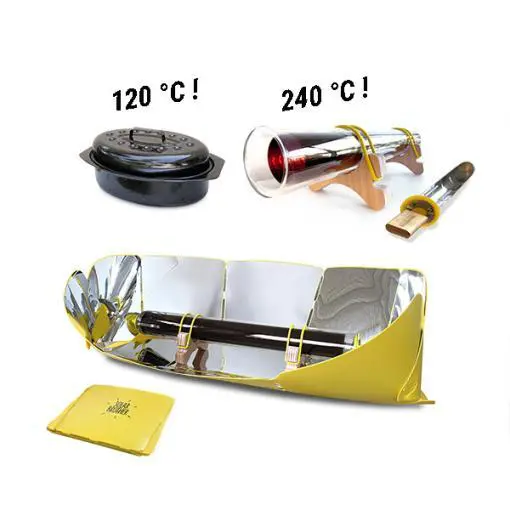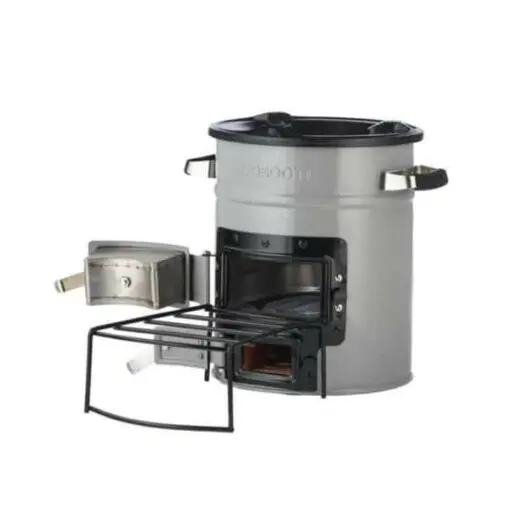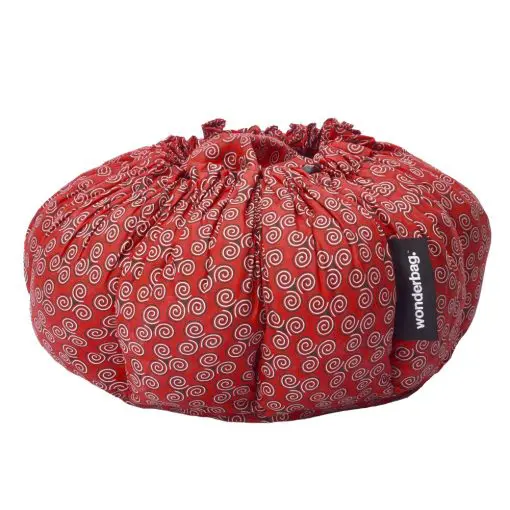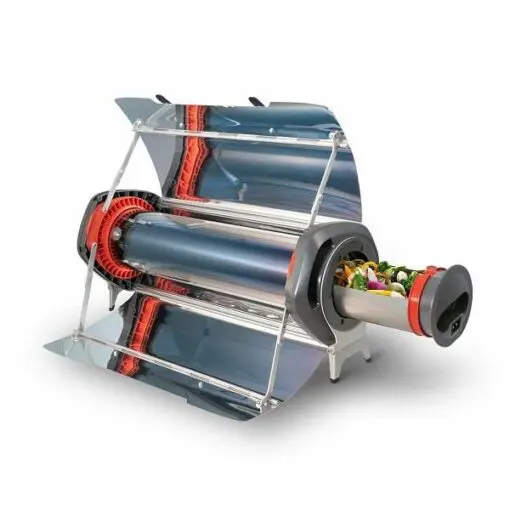News
Equipment for an autonomous home
What is a stand-alone home?
Self-sufficient homes supply their own water and electricity, have an off-grid sewage system and allow their occupants to grow their own food. To be self-sufficient, rest assured, you don’t have to buy or build a whole new house: whether you live in the city, the suburbs or the countryside, there are plenty of ways to make your property more self-sufficient!
How can you make your home self-sufficient today?
Depending on your budget, your location and your objectives, you can move gradually towards total independence. Here is a list of the main equipment you need to make your home increasingly self-sufficient:
1. Switch to renewable energies
Add a renewable energy system to your property. This will enable you to use renewable electricity for all your electrical appliances and equipment. You can do this by installing :
– A solar system comprising solar panels, a charge controller, an inverter and a battery bank.
– A wind turbine to power your battery bank.
– If you don’t have the means to install a complete system to cover all your energy needs, the switch to renewable energies can be made gradually by adopting a hybrid system.
– The installation of gas appliances (stove, oven, heater, etc.) can also prove useful, for everyday use or as a back-up solution in the event of failure of other means.
2. Reduce energy dependency
Reducing your dependence on electricity is an excellent way of reducing the cost of your renewable energy system. You can :
– Installing a
wood-burning stove
for heating and/or cooking.
– Using a
solar water heater
for showers, swimming pools and laundry.
– Use air-cooled
solar air collectors
to heat and purify the air in the rooms of your home
– Use a
solar oven
for part of the kitchen.
– Install adequate insulation.
– Add openings to maximize natural light in your home.
3. Use site water
The water resources available to you depend on your location, the proximity of surface or ground water, and local legislation on water use. The most common options are :
– Rainwater harvesting
– A well or borehole
– Channelling water from nearby lakes, rivers or streams
Most people use several sources of water, depending on the options available to them. Remember that water must be treated or filtered to be drinkable. You can do it with :
– Reverse osmosis water filters
– UV sterilization
– The boil
Depending on the depth, it’s not always necessary to treat water from a well or borehole. You’ll need to have your water quality tested to find out.
4. Use eco-friendly toilets
If you don’t use municipal or public sewers, you’ll have to find a solution on site. The most common options are :
– Water-saving flush toilets on septic tanks
– Composting toilets
– Outhouses and pit latrines.
The option you choose will depend on the amount of water and space you have available, as well as the type of soil on your property.
5. Grow your own food
By growing your own food, you reduce your dependence on commercial agriculture, which is responsible for large quantities of emissions and pollution. Planting and harvesting crops that will feed you throughout the year can be a lot of work, but it’s also a very rewarding experience! If you want to start small, you can begin by growing your own herbs, vegetables and planting fruit trees. By using a
solar dehydrator
you can easily preserve surplus harvests.
6. Starting a garden farm
If you raise your own animals for eggs, milk and meat, you can be sure that they are well treated and not subjected to the horrors of factory farming. Chickens, ducks and rabbits are common choices in small spaces. For those with more land to use, livestock such as cows, goats and sheep are generally raised for their meat, skin and fleece.
7. Waste management
For waste you can’t avoid, you can :
– Install a compost heap for food waste and paper.
– Use a grey water recycling system or a permaculture filtration system to clean your wastewater.
– Recycle to give your objects a second life and keep them out of the landfill.

The advantages of a self-contained home
Fewer or no bills: even if you still use some utilities, you’ll save a lot of money on your bills.
A reliable supply of water and electricity: the fact that you’re not connected to the grid means you can continue to benefit from electricity and water in all circumstances, at a price known in advance.
Ready for emergencies – Independence and self-sufficiency: living in a self-sufficient home means that, whatever happens, you know you can take care of yourself.
Higher property values: properties with some renewable energy and water supply infrastructure increase in value.
An ecological and sustainable way of life: you’re no longer involved in the use of fossil fuels for electricity, energy-intensive chemical water treatment and the impact of transporting goods to your home. It also makes you more aware of the resources you use, and more likely to move towards a zero-waste lifestyle.
In conclusion
As you can see, living in a self-contained home allows you to enjoy a healthier lifestyle, in balance with your environment, and also brings many economic benefits. These principles can be applied to any home – whether you live in the city, the suburbs, the countryside or a remote location. So what equipment will you install in your home first?
Cover photo credit : Dominic sur
Flickr
. License cc-by-2.0.

